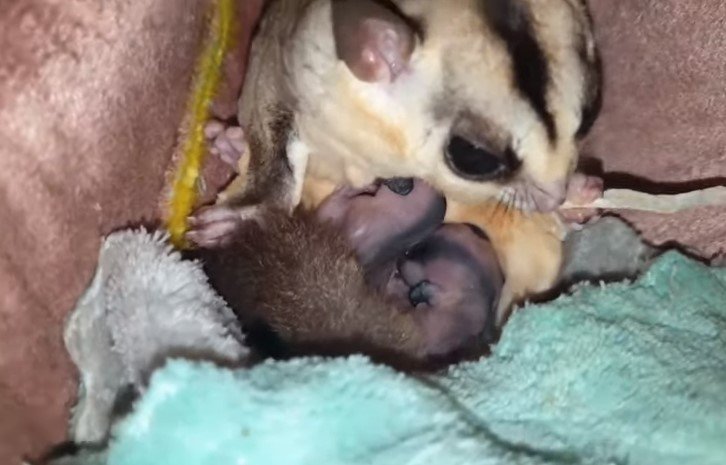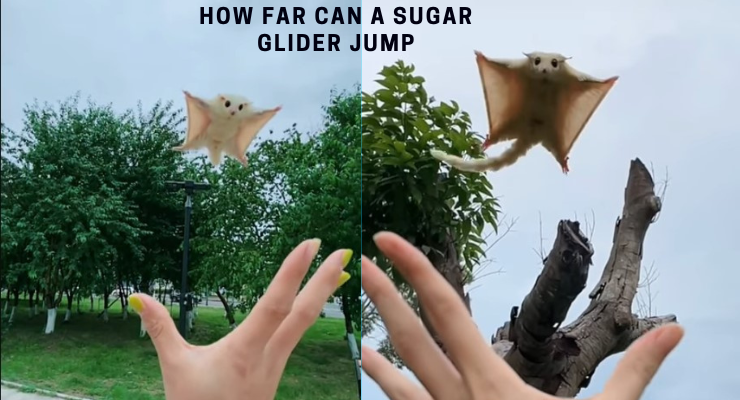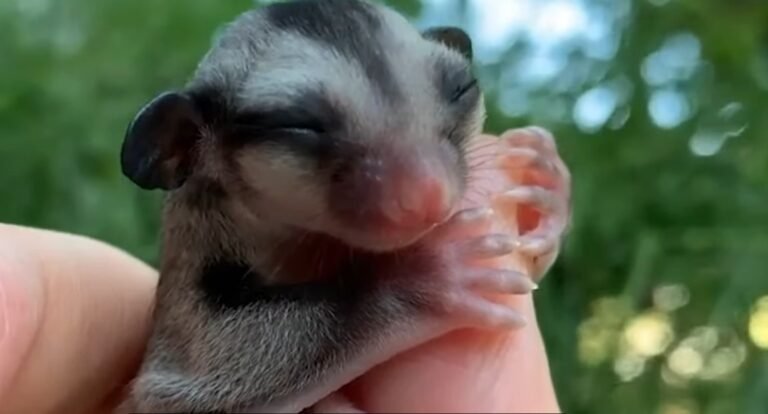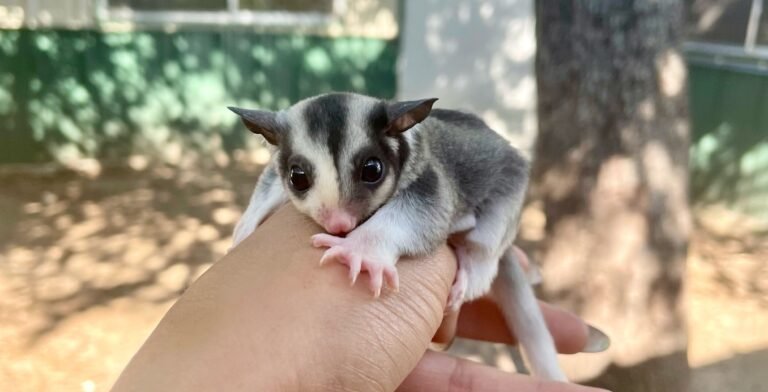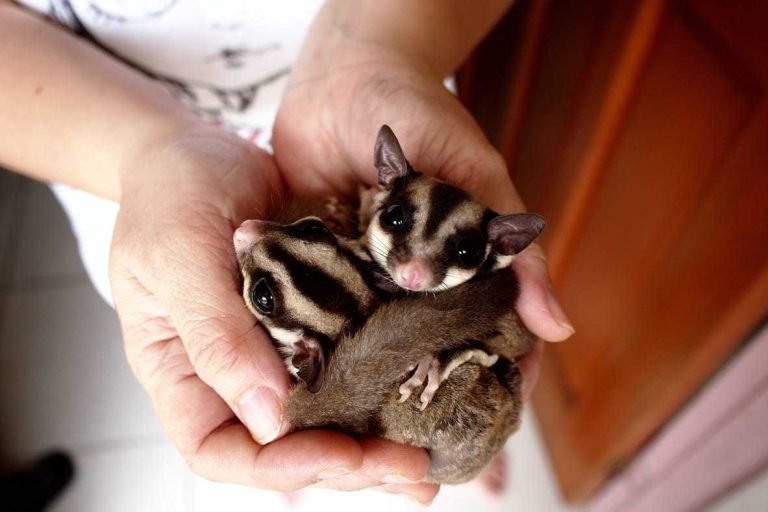When Can Sugar Gliders Leave Their Mothers
When Can Sugar Gliders Leave Their Mothers
If you’re considering getting a sugar glider as a pet, you may be wondering when they can leave their mothers. Sugar gliders, like many marsupials, have a unique breeding and gestation process. Unlike other mammals, sugar gliders give birth to relatively underdeveloped joeys who spend a significant amount of time in their mother’s pouch. So, when is the right time for sugar gliders to leave their mothers and join their new homes? Let’s find out.
Development Stages of Sugar Gliders
Before we dive into the specific age at which sugar gliders can leave their mothers, let’s first understand the different developmental stages they go through.
1. Embryonic Stage: The embryonic stage begins when the mother glider conceives the joeys. While this stage is invisible to us, it lasts for around 16 days.
2. Pouch Life: After the embryonic stage, the joeys move into their mother’s pouch. This stage lasts for approximately 60-70 days. Here, the joeys continue to develop and grow, obtaining all their basic nutrients from their mother’s milk.
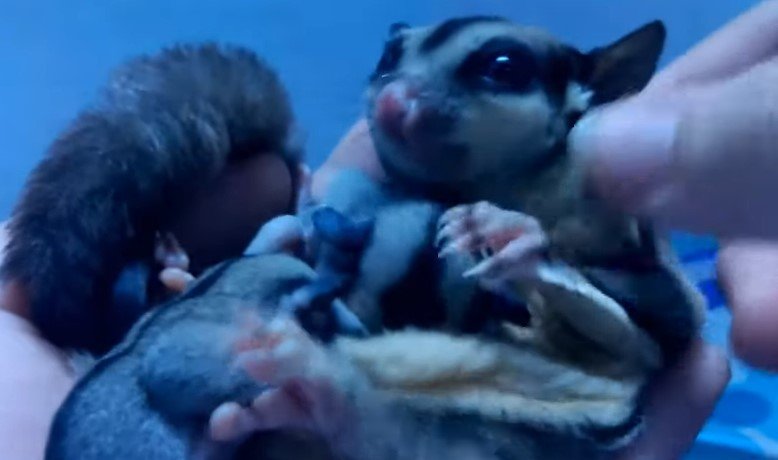
3. Out of Pouch Development: After spending the initial 60-70 days in the pouch, the joeys begin to venture out and explore their surroundings. They continue to nurse and learn vital skills from their mother, such as grooming, socialization, and foraging.
4. Independence: Around three to four months of age, sugar gliders start gaining independence from their mothers. They become more self-sufficient and are weaned off their mother’s milk.

The Optimum Age for Sugar Gliders to Leave Their Mothers
The ideal age for sugar gliders to leave their mothers and go to their new homes is around 10 to 12 weeks, or 2 to 3 months old. At this stage, the joeys have spent enough time with their mother to develop the necessary social skills and learn important survival strategies. They are also more physically developed, able to eat solid food, and can regulate their body temperature.
Reputable breeders and experienced sugar glider owners understand the importance of this timing and ensure that joeys are not separated from their mothers too early or too late.
The Dangers of Separating Sugar Gliders Too Early
When sugar gliders are separated from their mothers too early, it can have severe consequences on their physical and emotional development. Here are some of the potential risks:
1. Underdeveloped Immune System: If sugar gliders are taken away from their mothers before their immune systems are fully developed, it can lead to health issues and compromised immunity.
2. Social Development: Sugar gliders learn crucial social skills, including grooming, territoriality, and communication, from their mothers and siblings. Early separation can result in behavioral problems and difficulty adapting to new environments.
3. Nutritional Requirements: Joeys require their mother’s milk for the first few months of their lives to ensure they receive all the necessary nutrients for growth and development. Early separation may lead to nutritional deficiencies.
4. Weaning Difficulties: If sugar gliders are removed from their mothers too early, they may have difficulty transitioning from milk to solid food. This can result in weight loss, malnutrition, and other health issues.
On the other hand, separating sugar gliders from their mothers too late can also have negative consequences. Delayed separation can lead to increased stress and aggression between the mother and her offspring as they reach sexual maturity.
Key Considerations for New Sugar Glider Owners
If you’re planning to adopt a sugar glider and want to ensure a smooth transition for both the joey and yourself, here are a few important points to keep in mind:
1. Choose a Reputable Breeder: It’s crucial to source your sugar glider from a reputable breeder who prioritizes the well-being and proper development of their joeys. Make sure they follow ethical breeding practices and adhere to the recommended age for separation.
2. Prepare the Appropriate Environment: Before bringing your new sugar glider home, ensure you have a suitable enclosure that meets their physical and mental needs. Sugar gliders are highly active creatures and require a spacious cage with plenty of climbing opportunities and stimulating toys.
3. Establish a Bond: Building a bond with your sugar glider takes time and patience. Spend time near their enclosure, talk to them softly, and offer treats to create a sense of trust. Avoid overwhelming them initially and allow them to acclimate to their new surroundings gradually.
4. Provide the Right Diet: Sugar gliders have specific dietary requirements. Along with commercial sugar glider food, you should provide a variety of fresh fruits, vegetables, and proteins. Consult with an exotic pet veterinarian to ensure you’re meeting all their nutritional needs.
Frequently Asked Questions
Q: Can sugar gliders leave their mothers earlier than the recommended age?
A: While it’s technically possible for sugar gliders to leave their mothers earlier, it is not advised. Premature separation can have negative effects on their development and overall well-being.
Q: Can I hand-raise a sugar glider if they are separated too early?
A: Hand-raising a sugar glider can be a challenging task and should only be undertaken by experienced individuals. It requires knowledge of their nutritional requirements, monitoring their growth, and providing appropriate socialization.
Q: Can baby sugar gliders be reintroduced to their mothers if separated too early?
A: If sugar gliders are separated from their mothers too early, reintroduction at a later stage can be challenging. It’s best to avoid early separation to prevent potential complications.
Final Thoughts
Ensuring that sugar gliders stay with their mothers for an appropriate length of time is vital for their physical and emotional development. By following the recommended age for separation and providing a nurturing environment, you can help your sugar glider thrive and enjoy a happy, healthy life. Remember, patience and understanding are key when welcoming these unique and fascinating creatures into your home.

